Search
Remove Ads
Advertisement
Summary 
Loading AI-generated summary based on World History Encyclopedia articles ...
Search Results
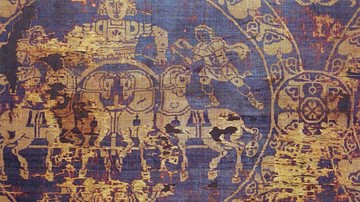
Definition
Tyrian Purple
Tyrian purple (aka Royal purple or Imperial purple) is a dye extracted from the murex shellfish which was first produced by the Phoenician city of Tyre in the Bronze Age. Its difficulty of manufacture, striking purple to red colour range...

Image
Tyrian Purple Shroud of Charlemagne
The silk shroud of Charlemagne made with gold and Tyrian purple. The design shows a quadriga (four-horse chariot). 9th century CE. (Musée National du Moyen Âge, Paris)

Video
Tyrian Purple Dye: Ancients Used Marine Snails to Make It
CreatureCast: Tyrian purple was one of the only bright dyes available to ancient civilizations. This sought-after dye was created from the extracts of marine snails. Read the story here: http://nyti.ms/15nKB02 Subscribe to the Times...

Video
Tyrian Purple | History of Colors | LittleArtTalks
The most expensive purple dye reserved for the royals and worth its weight in silver: The history of Tyrian Purple! History of Colors Playlist: Flake White https://youtu.be/vx6BI3Fqr6U?list=PL5P9k3ykmuk4ZK4vthdX7UrgS9uHg-Myt Lapis...
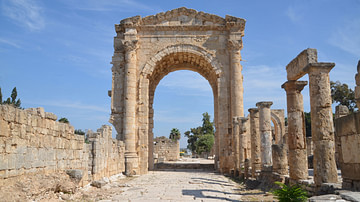
Definition
Tyre
Tyre (in modern-day Lebanon) is one of the oldest cities in the world, dating back over 4,000 years, during which it has been inhabited almost continuously. It was one of the most important, and at times the dominant, city of Phoenicia, whose...
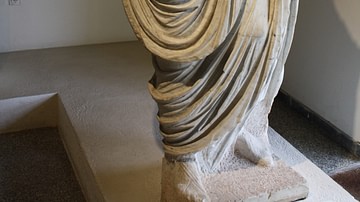
Article
The Roman Toga
The toga was an item of clothing worn by men who were citizens of Rome. The toga consisted of a single length of wool cloth cut in a semicircle and wrapped around the body of the wearer without any fastenings. The Roman toga was a clearly...
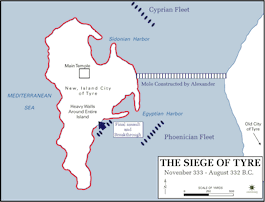
Article
Alexander's Siege of Tyre, 332 BCE
After defeating Darius III at the battle of Issus in November 333 BCE, Alexander marched his army (about 35,000-40,000 strong) into Phoenicia, where he received the capitulation of Byblus and Sidon. Tyrian envoys met with Alexander whilst...
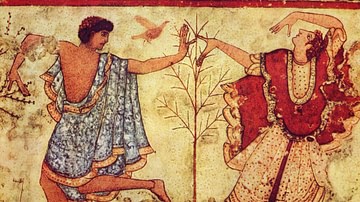
Article
Etruscan Clothing
The clothing of the ancient Etruscans, a civilization which flourished in central Italy between the 8th and 3rd century BCE, can be seen in many media of their art including wall paintings, bronze sculpture, stone relief carvings, and painted...
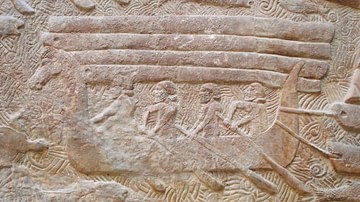
Definition
Phoenicia
Phoenicia was an ancient civilization composed of independent city-states located along the coast of the Mediterranean Sea stretching through what is now Syria, Lebanon and northern Israel. The Phoenicians were a great maritime people, known...
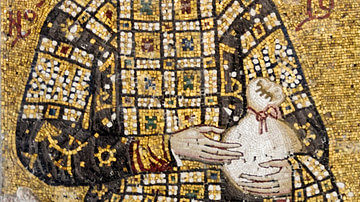
Definition
Byzantine Emperor
The Byzantine Emperor ruled as an absolute monarch in an institution which lasted from the 4th to 15th century CE. Aided by ministers, high-ranking nobility, and key church figures, the emperor (and sometimes empress) was commander-in-chief...